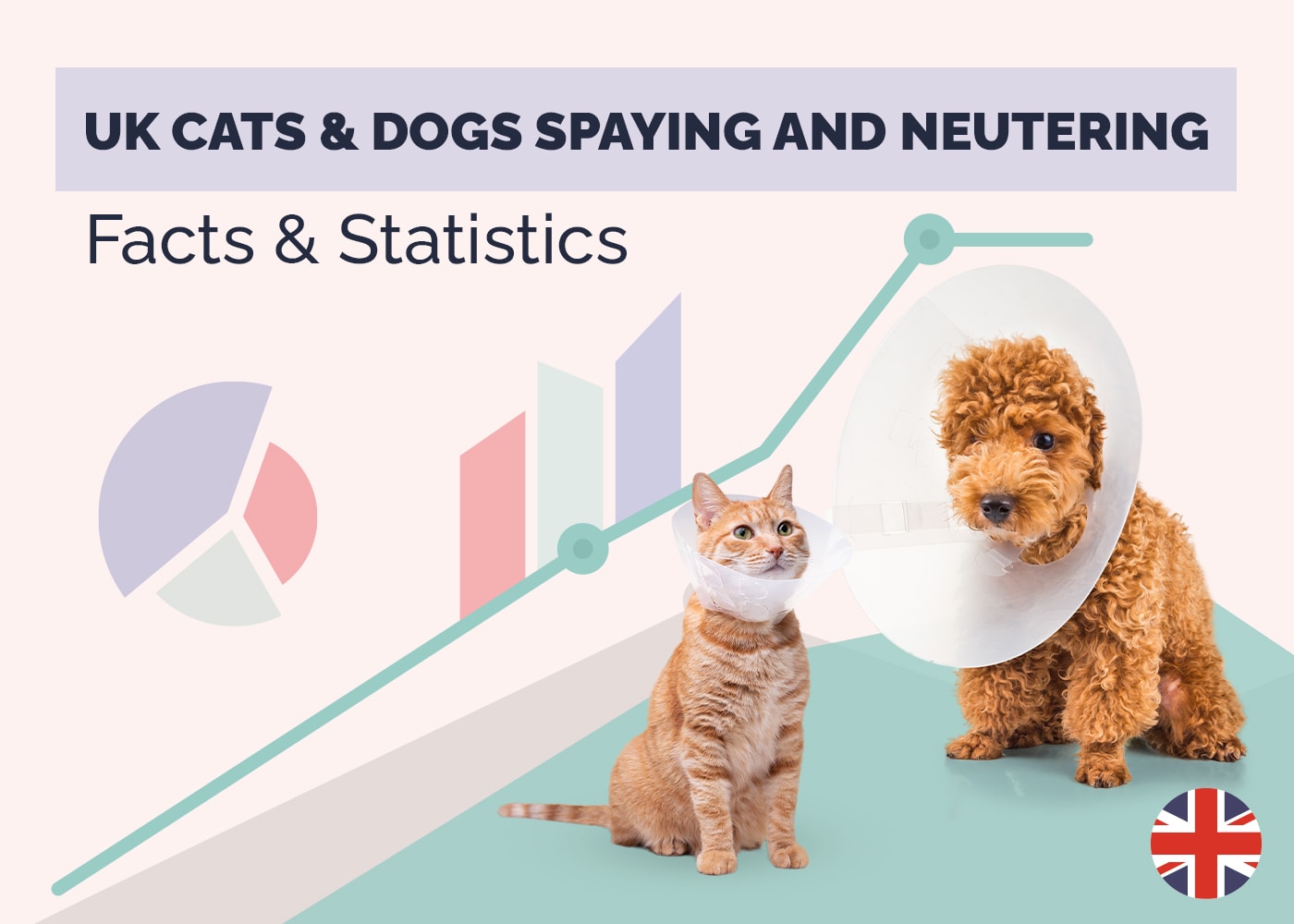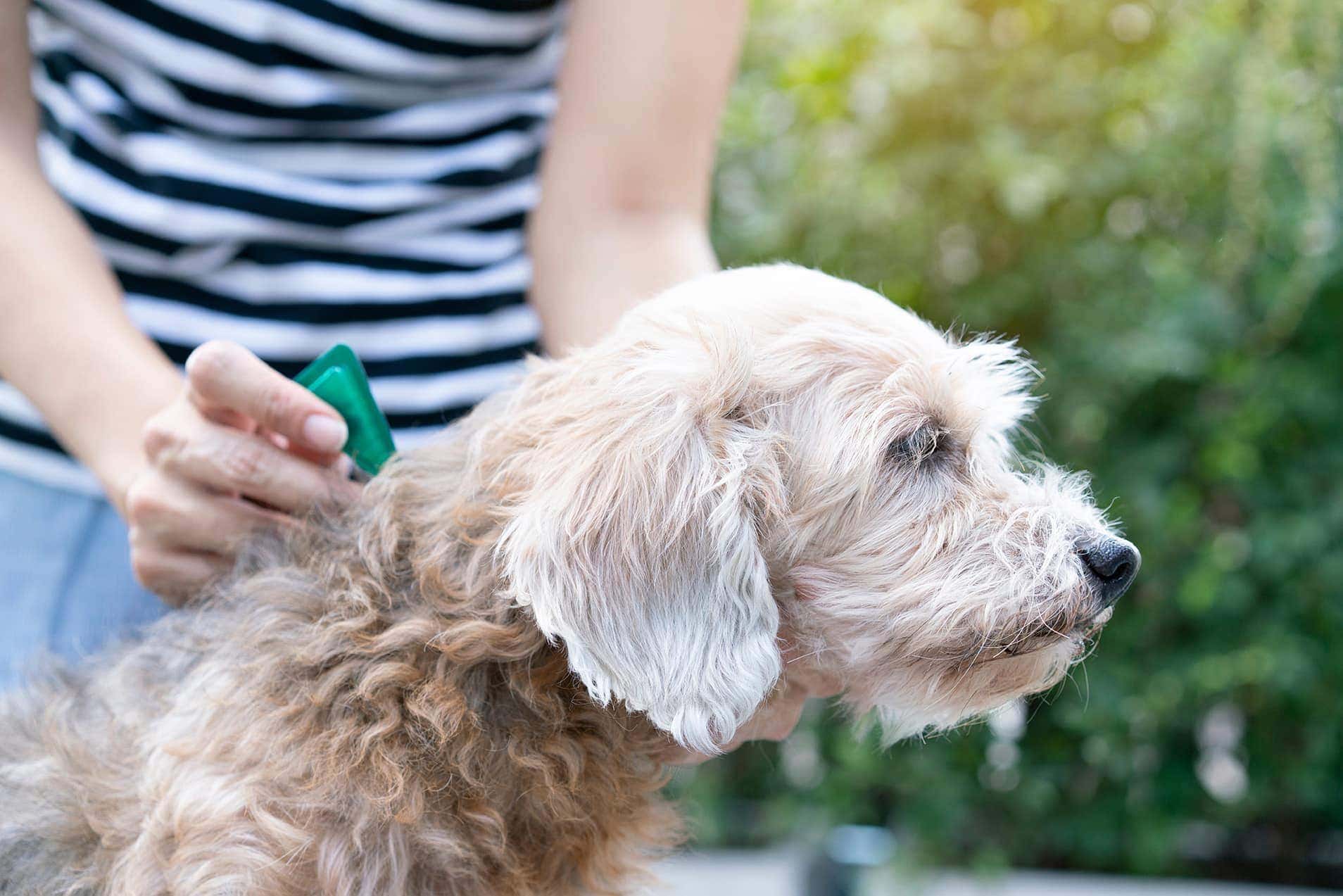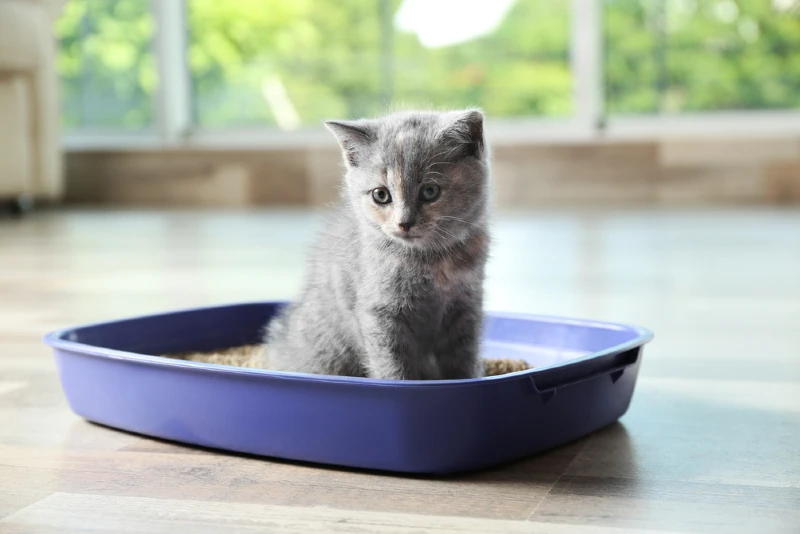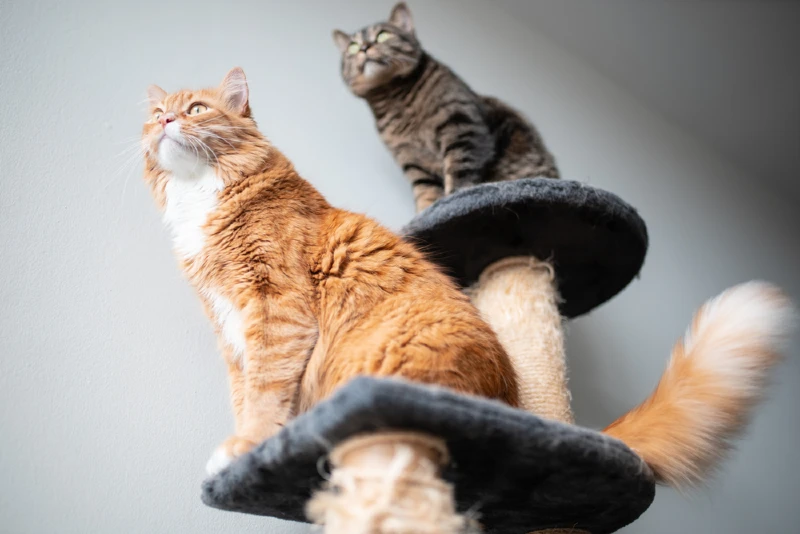15 Incredible UK Cat Statistics & Facts: Updated in 2024
Updated on

Click to Skip Ahead
Note: This article’s statistics come from third-party sources and do not represent the opinions of this website.
The UK is known for its great love for cats. A large percentage are responsible cat owners and have rightfully had their cats neutered and microchipped for the health and safety of their pets. Neutering and microchipping your cat decrease the risk of them wandering away and becoming lost and adding to the extremely high number of stray cats that live in the urban areas of the UK.
In this article, we’ll discuss the statistics for cat ownership, cat welfare, and general cat information that might be interesting to you. We hope these fascinating statistics will help you better understand and learn something new about this much-loved species.
- There are 12 million pet cats in the UK.
- 62% of UK homes own a pet, with 28% owning a cat.
- 63% of pet cats in the UK are moggies.
- 10,164 British Shorthairs were registered in 2021.
- 12% more females own a cat than males.
- 9.3 million cats are neutered in the UK.
- It costs between £65 and £80 to neuter your cat.
- 2.8 million cats aren’t microchipped.
- 11% of cat injuries are caused by catfights.
- Around 250,000 stray cats can be found in the urban areas of the UK.
- The RSPCA received 55,667 cat incident reports in 2020.
- 14% more cats were abandoned this year between January and May than in 2021.
- Of the many different cats in the UK, only 40 breeds are recognized by the GCCF.
- Cats spend 30% of their day awake.
- The most expensive cat breed is the Savannah cat.

Cat Ownership
1. There are 12 million pet cats in the UK.
(PFMA)
There are 35 million pets within 17.4 million UK homes in 2022. Dogs hold the spot as the most popular pet in the UK, making up 13 million of those pets, but cats are a close second with a figure of 12 million.
2. 62% of UK homes own a pet, with 28% owning a cat.
(UKPetFood)
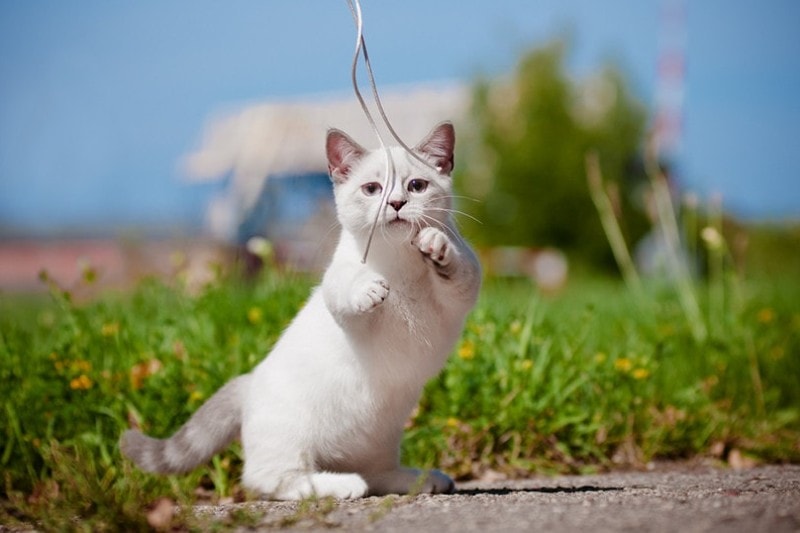
There has been a massive increase in pet ownership in the UK over the past few years. The rise is believed to be because of the global coronavirus pandemic, which impacted the world in 2020. Before this time, the average pet ownership percentage in the UK hovered around 45% but is currently at 62%.
The pandemic brought about lockdowns, which kept people in their homes. Due to the isolation from people, many individuals turned to pets for companionship, leading to more than half of UK households owning one or more pets.
3. 63% of pet cats in the UK are moggies.
(Cats Protection 1)
The most popular cat in the UK isn’t a purebred but rather a moggy, which is a mixed cat that doesn’t belong to a specific breed. It’s likely that moggies are the top-ranking cat because they’re the more affordable option—they’re cheaper to buy and care for. Pedigrees make up 26% of pet cats.
4. 10,164 British Shorthairs were registered in 2021.
(GCCF)
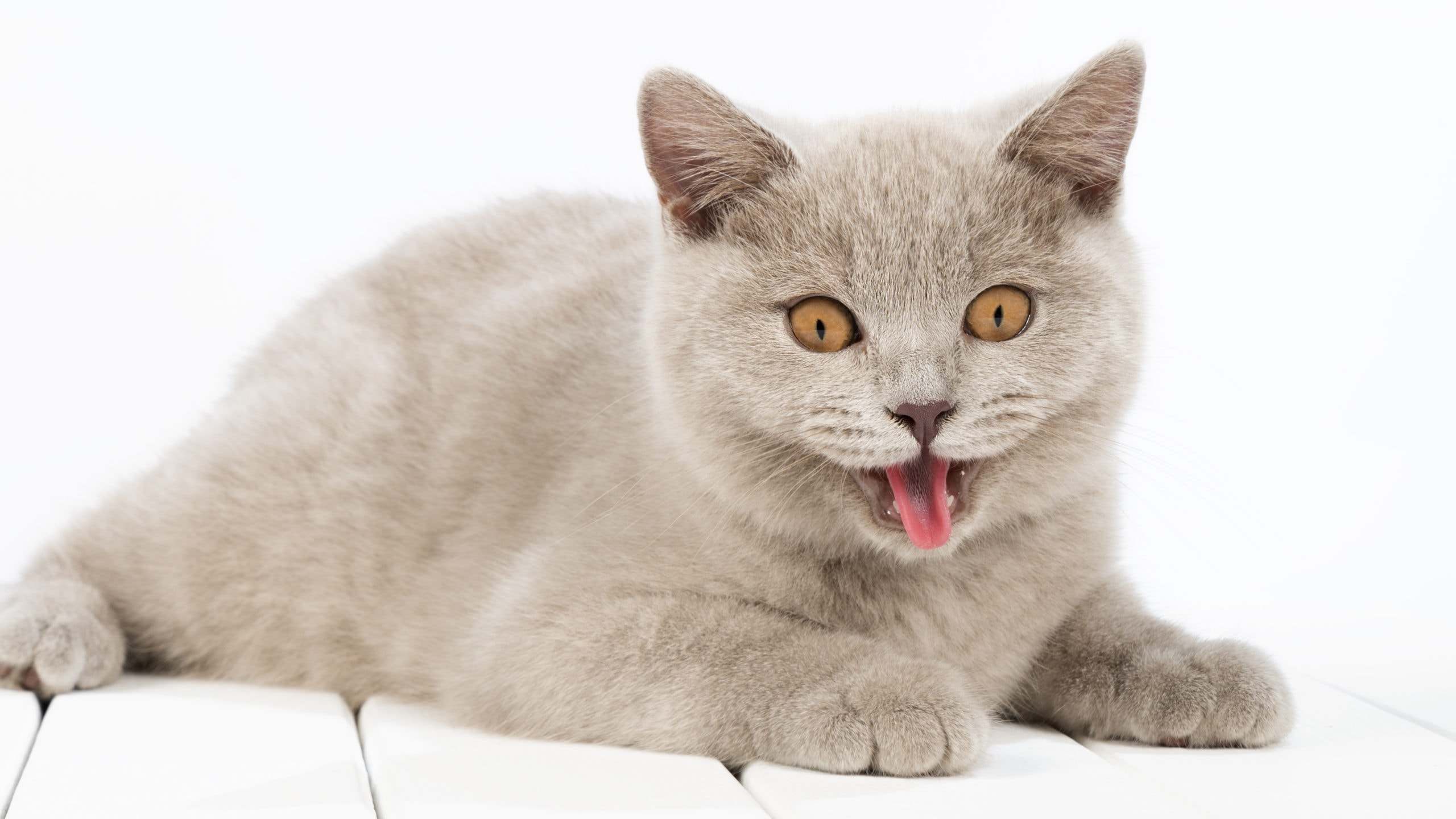
Although moggies are the most commonly found cat in the UK, the top-ranking pedigree cat breed is the British Shorthair, with 10,164 registrations in 2021. This shouldn’t be much of a surprise because this breed has been around for many years and was first seen at a cat show in 1880.
5. 12% more females own a cat than males.
(Cats Protection 1)
Cats are well-loved by many people throughout the UK, but statistics show that they’re more sought after by women than men, with 56% of cat owners being female and only 44% being male.
 Cat Welfare
Cat Welfare
6. 9.3 million cats are neutered in the UK.
(Cats Protection 1)
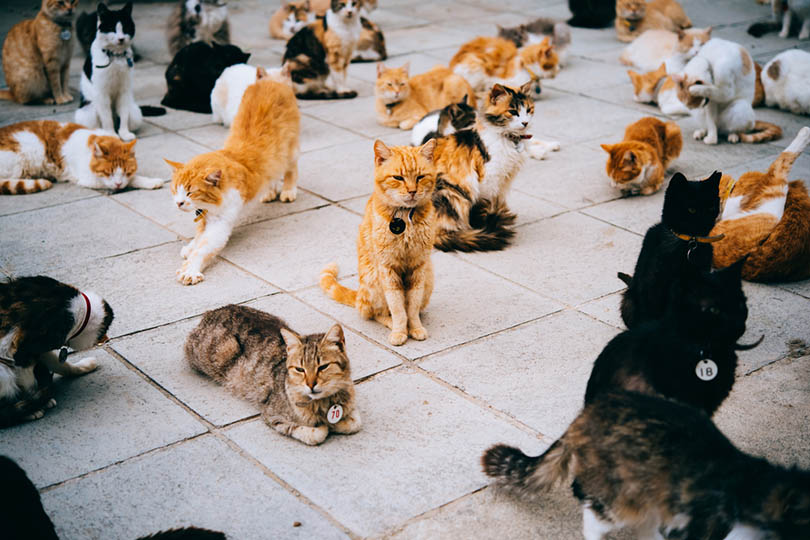
Thankfully, the UK understands the importance of neutering their cats and has done a good job at it, with 85% of pet cats neutered. However, there is still a small percentage of 12% that are yet to be neutered.
Some reasons owners have for delaying or refusing to neuter their cats are due to not seeing the necessity of it because their cats don’t go outside and aren’t exposed to other cats. Some owners want their cats to have kittens, and others claim that their cats are too young for the procedure.
7. It costs between £65 and £80 to neuter your cat.
(Alder Vets)
Cat neutering is necessary and has many benefits. Getting your cat neutered prevents certain cancers and viruses from developing, prevents unwanted pregnancies, prevents cats from roaming and getting lost, and reduces aggression and behavioural problems. However, this common surgery is rather expensive, as you’ll have to pay anywhere from £65 and £80 to neuter your cat. And, of course, the more cats you have, the more you’ll have to pay.
8. 2.8 million cats aren’t microchipped.
(GOV.UK)
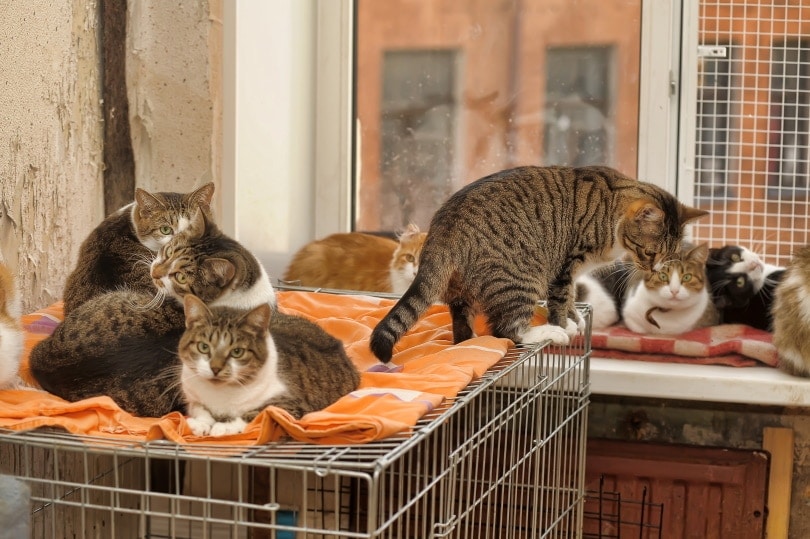
There is a large population of cats that have been microchipped, but around 2.8 million are still not trackable. However, according to GOV.UK, compulsory cat microchipping was required from 2022. The microchipping must be done by the time the cat is 20 weeks old to prevent cats from becoming lost. If owners fail to microchip their cats, they can be fined up to £500. Thankfully, 99% of people support this new plan.
9. 11% of cat injuries are caused by catfights.
(Cats Protection 2)
Thankfully, the majority of cats stay clear from serious injury throughout their life, but around 27% of UK cats do sustain the kind of injuries that require veterinary care and even hospitalization. Of this percentage, 11% are due to catfights.
Cats can get into serious fights for a number of reasons. They tend to fight when they haven’t been socialized properly, when they feel the need to defend their territory, when they have an aggressive nature, and when play fighting becomes too rough. Distracting fighting cats with noise or something they love is the best way to break up a heated situation. Socializing your cat and seeking advice from a pet behaviourist are ways to stop your cat from getting into fights.
10. Around 250,000 stray cats can be found in the urban areas of the UK.
(The Guardian)
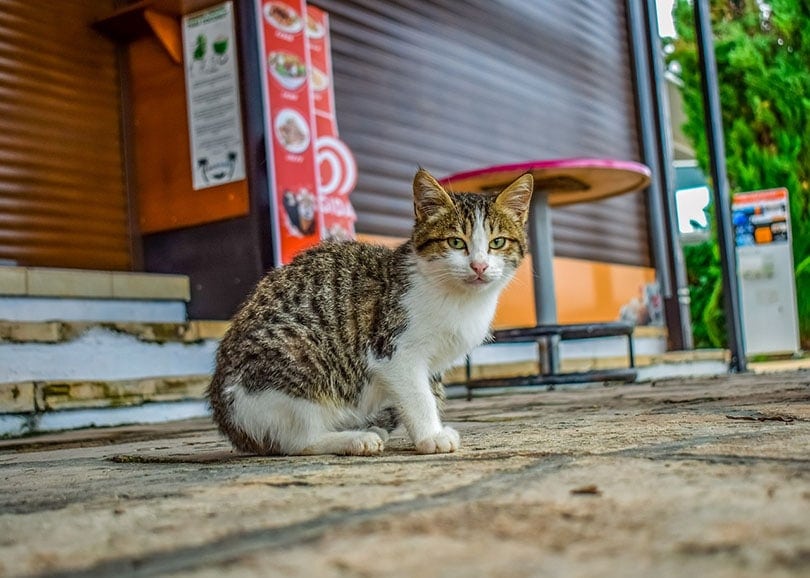
We know that there is a large population of pet cats in the UK, but what might be surprising to you is the large population of stray cats living in urban areas. This large number could be the cause of fewer people neutering their cats during the pandemic. Unneutered cats tend to wander from home—some return, and some don’t.
Unneutered males will impregnate unneutered females. Stray queens will then give birth to kittens, and the cycle continues, growing the number of stray cats throughout the UK. The number of stray cats in rural areas is still unknown but believed to be much higher.
11. The RSPCA received 55,667 cat incident reports in 2020.
(RSPCA)
When a member of the public phones the RSPCA to report an incident involving an animal, they investigate it. In 2020, 55,667 incidents were reported involving cats. These incidents can relate to abandonment, neglect, death, abuse, injury, or anything along those lines.
12. 14% more cats were abandoned this year between January and May than in 2021.
(The Guardian)
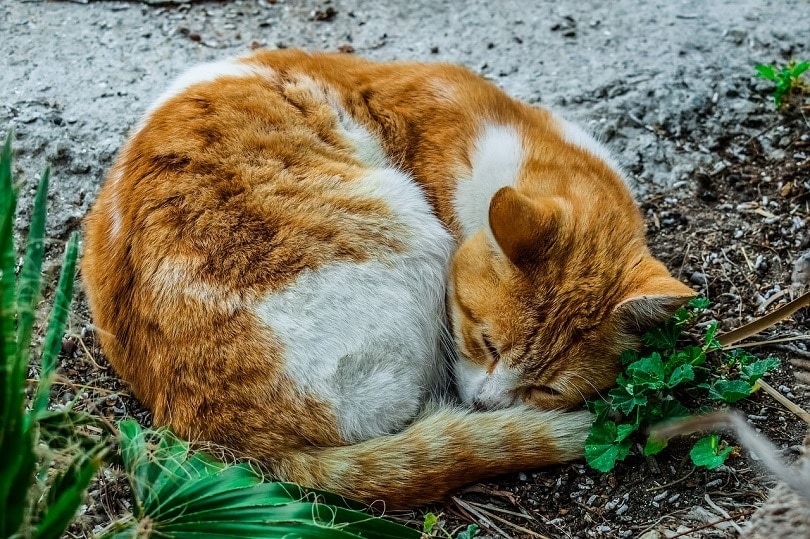
Unfortunately, 14% more cats have been abandoned between January and May 2022 than the year prior, causing shelters across the UK to become overcrowded. Animal rescue workers have also been placed under pressure trying to rescue and care for a greater number of cats than what they’re used to and have been relying on the help of volunteers, which has also decreased.
The cost-of-living crisis is a huge contributor to the increase in abandoned cats as pet owners are struggling to care for themselves and don’t have the financial freedom to care for their cat’s needs too.
 General Facts About UK Cats
General Facts About UK Cats
13. Of the many different cats in the UK, only 40 breeds are recognized by the GCCF.
(GCCF)
For a cat breed to become recognized, several rules need to be followed and met, which can take anywhere from 3 to 20 years. However, different associations have different rules, and although the GCCF only recognizes 40 cat breeds in the UK, the International Cat Association recognizes up to 73 cat breeds worldwide.
14. Cats spend 30% of their day awake.
(Veterinary Hub)
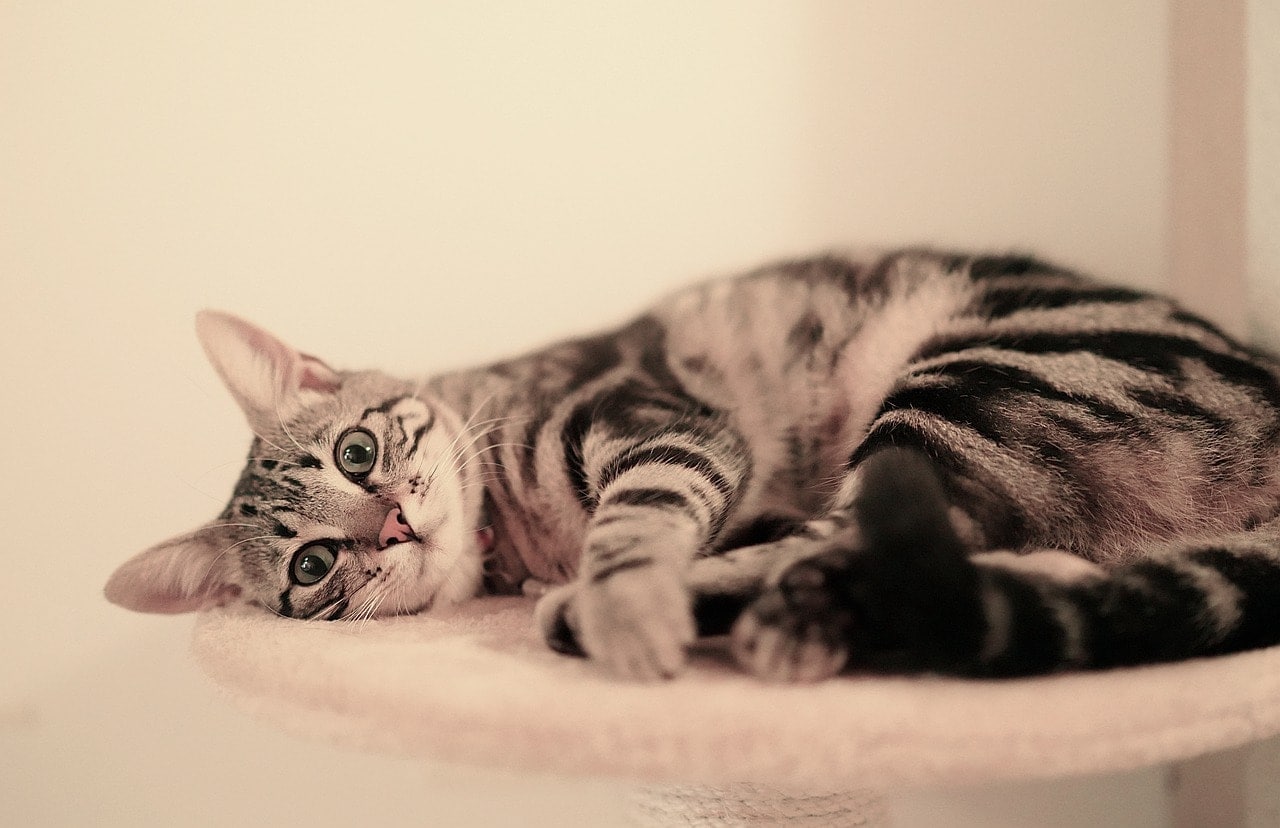
Cats love their naps, which is why you probably find your cat curled up and sleeping almost every time you look for them. They enjoy their catnaps so much that they’re generally only awake for 30% of their day and are asleep for around 13–16 hours, leaving the remaining 8–11 hours for grooming, eating, and a bit of play.
15. The most expensive cat breed is the Savannah cat.
(Pets4Homes)
Although not yet recognized as a breed by GCCF, the Savannah cat is the breed you’ll pay the most for in the UK. It is still considered a young breed, and their history has nothing on the British Shorthair, which ranks as the most popular pedigree cat in the UK.
Surprisingly, the Savannah cat doesn’t even make the top 5 “most popular cat breeds in the UK” list as they only rank at number 8. Regardless, they can be bought from a breeder for £982–£1,380.
 Frequently Asked Questions About Cats in the UK
Frequently Asked Questions About Cats in the UK
At What Age Should a Cat Be Neutered?
Vets recommend neutering your cat before they reach 4 months old. Delaying neutering can lead to unwanted pregnancies, which will be an extra responsibility and financial burden on the owner. Neutering also becomes more expensive once the cat begins puberty, which begins at around 6 months of age.
(Cats Protection)
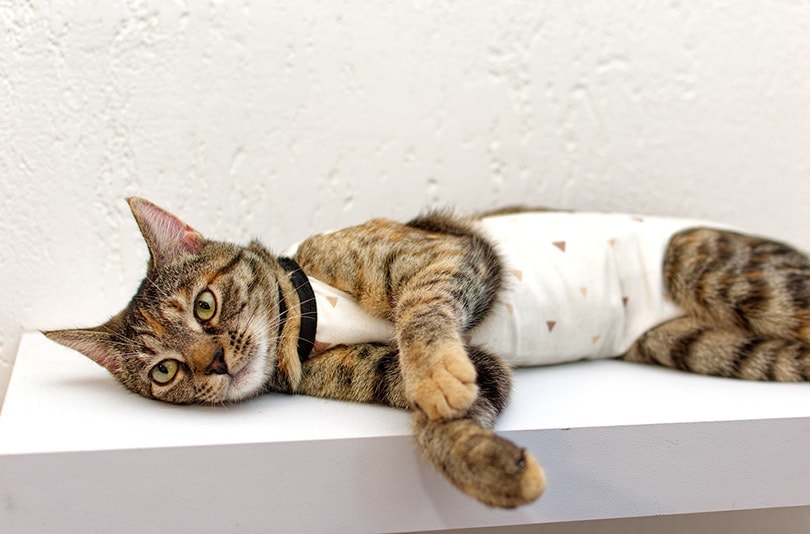
Is There Any Risk Around Neutering My Cat?
Cat neutering is one of the most common surgeries a veterinarian performs, and complications don’t occur often. However, as with all surgery, there is always a small risk. Thankfully, the risk is so small that most pet owners still feel confident going ahead with the procedure because the benefits outweigh the risk.
An unexpected reaction to the anaesthetic given to your cat is one potential risk, while infection is another. Thankfully, antibiotics are often effective at controlling the infection.
(VCA Hospitals)
How Long Do Cats Live?
Most cat breeds have a life expectancy of 10–15 years. However, some breeds live much longer. If you feed your cat the correct diet with healthy portion sizes and give them plenty of exercise, your cat should live a long and happy life.
Of course, some cat breeds are prone to certain health conditions, which may lower their life expectancy. Be diligent in taking your cat to the vet for their regular check-ups to catch diseases early, as it could be what saves their life.
(Pet MD)
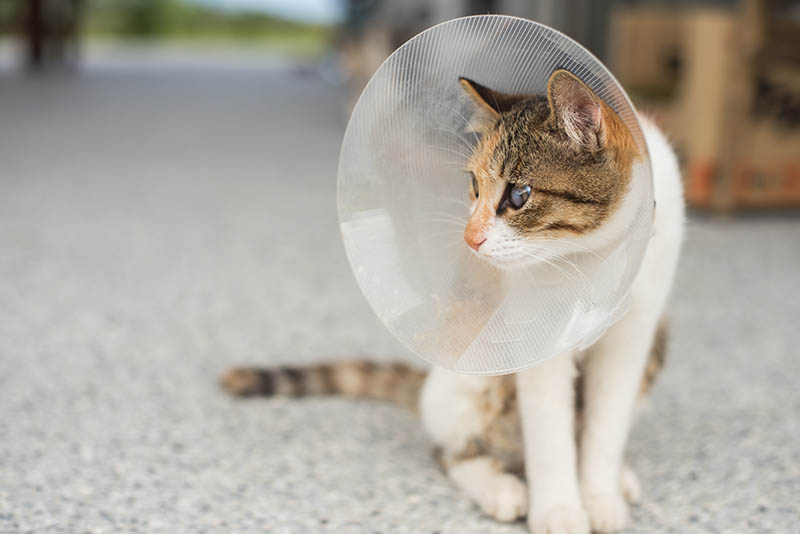
What Diseases Are Common in Cats?
There are several diseases that are more common in cats than others. Cancer, diabetes, Feline Immunodeficiency Virus, Feline Leukemia Virus, Heartworm, High-Rise Syndrome, Rabies, and Upper Respiratory Infections are just to name a few.
If you notice strange behaviour or unusual symptoms in your cat, don’t hope for the signs to pass and do nothing. Instead, get them veterinary care as they could be suffering from a disease that could be fatal if not treated quickly.
(ASPCA)
What Is the Friendliest Cat Breed?
It’s important to inform yourself about the personalities of certain cat breeds to ensure that the type of cat breed you get is able to adjust to your lifestyle. If you have children, you’ll want an easy-going and friendly cat breed that doesn’t feel stressed out by people, affection, and a bit of noise.
While the definition of a friendly cat is somewhat subjective, the top three “friendliest” cat breeds are the Maine Coon, Siamese, and Ragdoll.
(Hillspet)
 Conclusion
Conclusion
Statistics can tell you a lot about how a country views the importance of pet care and what they’re doing about it. In the UK, there is a large percentage of cat owners that support microchipping and neutering their cats to lower the risk of them becoming strays or adding to the high number of already stray cats in the UK.
The cost-of-living crisis and the pandemic have contributed to the high number of urban stray cats and full shelters, but the UK has made an effort to take in more shelter cats, putting moggies in the lead as the most popular cat in the UK.
Featured Image Credit: Svetlana Rey, Shutterstock

 Cat Welfare
Cat Welfare Conclusion
Conclusion